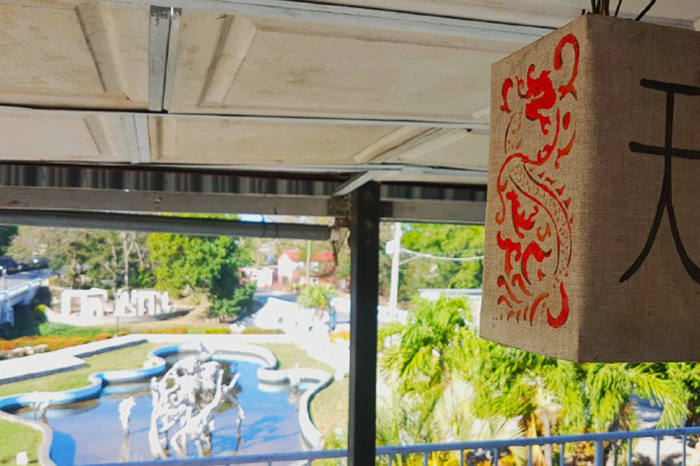
They arrived from the Asian giant and settled as adopted children in this eastern Cuban region. They did not own large properties or economic livelihoods, but they did have an enormous desire to grow and root their culture and idiosyncrasy in Las Tunas.
Las Tunas, Cuba.- Such was their concentration in this city that they decided to join what was called the Chinese Colony; an ethnic society that brought together patriots from that nation and other Asian immigrants. The association was born on the well-known Joaquín Agüero Street, on 8 March 1945, under the leadership of Alfonso Yee.
Although the locals had long recognized it by that name, it was not until that date that the social organization was officially established, much to the delight of its members. From the very beginning, the union sought to represent and respect the identity values and the solution to socio-economic issues of the members and their families.
They were particularly oriented towards commerce, the hotel trade, and farming, with a notable presence in street sales and the emergence of small businesses in various parts of this eastern city. Most men joined the Creole women and began to produce offspring with Cuban blood, another reason to justify their love for the land of wild cacti.
The society spread to other territories of the province such as Chaparra, Jobabo, and Puerto Padre, which allowed the gradual elimination of language barriers and the ascending solvency of the ethnic group on Las Tunas soil. Thus, the rich and diverse dishes of the Asian cuisine became popular and the games and customs born in the distant continent gained followers.
At the same time, the ancestral flavors were mixed with the food of the island and places like the Café Parque appeared on the premises of what is today the Cuban Fund for Cultural Heritage, on the outskirts of the Vicente García central park. From there, some people from Las Tunas still remember the sale of breakfasts in the pure Cuban style: coffee with milk and bread and butter.
Worthy heirs of the sublime qualities that distinguish Asians, the associates used the Colonia's funds for charitable and social works such as the collection of the bust of Martí and the celebrations of patriotic dates of great relevance for Cubans. Beyond feeling that they were foreigners in Cuba, they brought their customs and enriched the culture of Las Tunas -and Cuba- with their art and way of life.
Although the Chinese Colony is part of history, the traces and traditions of those who made the city their home remain an intrinsic complement to the identity of Las Tunas. An association that beyond bringing together its members fought to sow emotionally a piece of China in the Balcony of the Cuban East.






